Water Softener: How much brine should be in the tank?
plumbman
12 years ago
Related Stories
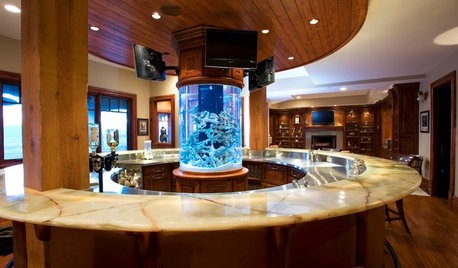
DECORATING GUIDESDesigning Nemo: 30 Fish Tanks Make a Decorative Splash
Bring an otherworldly glow and a calming vibe to your home with the living art of an aquarium
Full Story
MOST POPULARThanksgiving Tales: When the Turkey Tanks
Houzz readers prove adept at snatching victory from the jaws of entertaining defeat
Full Story
GREAT HOME PROJECTSHow to Switch to a Tankless Water Heater
New project for a new year: Swap your conventional heater for an energy-saving model — and don’t be fooled by misinformation
Full Story
SAVING WATER11 Ways to Save Water at Home
Whether you live in a drought-stricken area or just want to help preserve a precious resource, here are things you can do to use less water
Full Story
HEALTHY HOMEHow to Choose a Home Water Filtering System
Learn which water purification method is best for your house, from pitchers to whole-house setups
Full Story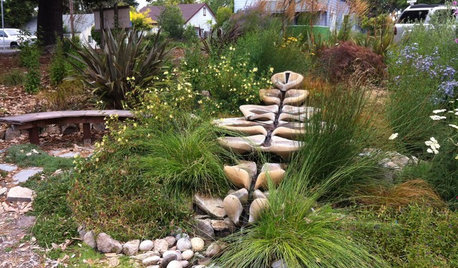
LANDSCAPE DESIGNNew Ways to Design With Water
Go beyond 3-tiered fountains and faux waterfalls to discover water's architectural possibilities
Full Story
EARTH DAYGrow a Beautiful Garden With Ecofriendly Greywater
Reducing home water waste means lower bills and a healthier planet. Here's how to set up a greywater home irrigation system that can help
Full Story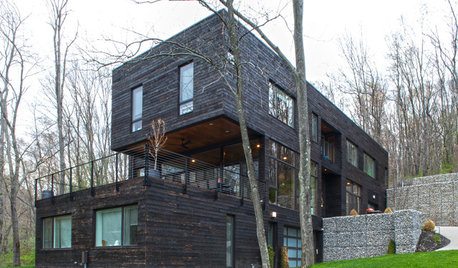
HOUZZ TOURSMy Houzz: Modernism Takes a Natural Turn in Pennsylvania
Generous wood throughout and woodsy sights outdoors soften and warm this home’s modern lines
Full Story
SAVING WATER6 Reasons Why You Should Save Your Rainwater Now
Collect and store during the rainy season so you’ll have water ready for irrigation when you need it
Full Story
GARDENING GUIDESProtect a Precious Resource With a Rain Garden
Promote pure water and a beautiful landscape with a garden design that makes the most of the rain
Full StoryMore Discussions






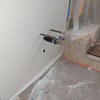
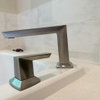
User
plumbmanOriginal Author
Related Professionals
Miller Place Plumbers · University City Kitchen & Bathroom Remodelers · Eagle Mountain Kitchen & Bathroom Remodelers · Normal Kitchen & Bathroom Remodelers · Boca Raton Kitchen & Bathroom Remodelers · Fort Myers Kitchen & Bathroom Remodelers · Londonderry Kitchen & Bathroom Remodelers · Port Orange Kitchen & Bathroom Remodelers · Skokie Kitchen & Bathroom Remodelers · Trenton Kitchen & Bathroom Remodelers · Waukegan Kitchen & Bathroom Remodelers · Gibsonton Kitchen & Bathroom Remodelers · Plant City Kitchen & Bathroom Remodelers · Hawthorne Kitchen & Bathroom Remodelers · Palestine Kitchen & Bathroom RemodelersUser
plumbmanOriginal Author
User
User